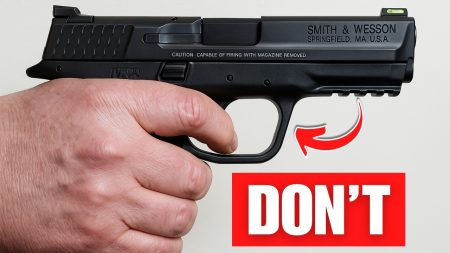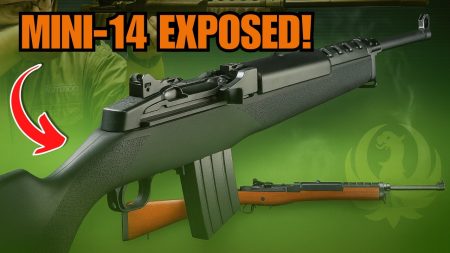The Panzer IV, or Panzerkampfwagen IV (Pz.Kpfw. IV), was one of Germany’s workhorse tanks during World War II. As the war evolved, so did the tank. Dr. Will Dabbs takes a look at this legendary tank in today’s article.
Early in the morning of 6 June 1944, a British glider-borne infantry Sergeant named Charles “Wagger” Thornton crouched amidst a pile of rubbish at a road intersection adjacent the bridges over the Orne River and Caen Canal in Normandy, France. The distinctive clanking rattle of German tanks approaching in the darkness was indescribably terrifying. As the first squatty shape appeared out of the gloom, SGT Thornton hefted his crude PIAT anti-tank gun and squeezed its massive trigger.
The tank was only 30 yards away, and a quarter of PIAT rounds fired in combat failed to detonate. However, this one performed exactly as designed. The big fat shaped-charge warhead burst against the side of the German Panzer IV tank, killing all but one of its crew. The sole survivor, a young Engineer officer, was blown out of a hatch but succumbed to his wounds some hours later. However, that Panzer IV burned to scrap wedged between a pair of buildings in the one spot that kept the rest of the German 21st Panzer Division from reaching the invasion beaches. The argument could be made that, with that one extraordinary shot, Wagger Thornton singlehandedly saved the D-Day invasion.
Origin Story
What is the first tank you think of when you ponder German armor during World War II? Any military history buff worthy of his nerd card would say the Panther or Tiger. Those two tanks just look so freaking cool. Their manly sinister lines struck fear in the hearts of Allied grunts everywhere. However, reality was that these two tanks played a relatively small role in the Germans’ many manifest battlefield successes. The most common German tank used during World War II was actually the Panzer IV.
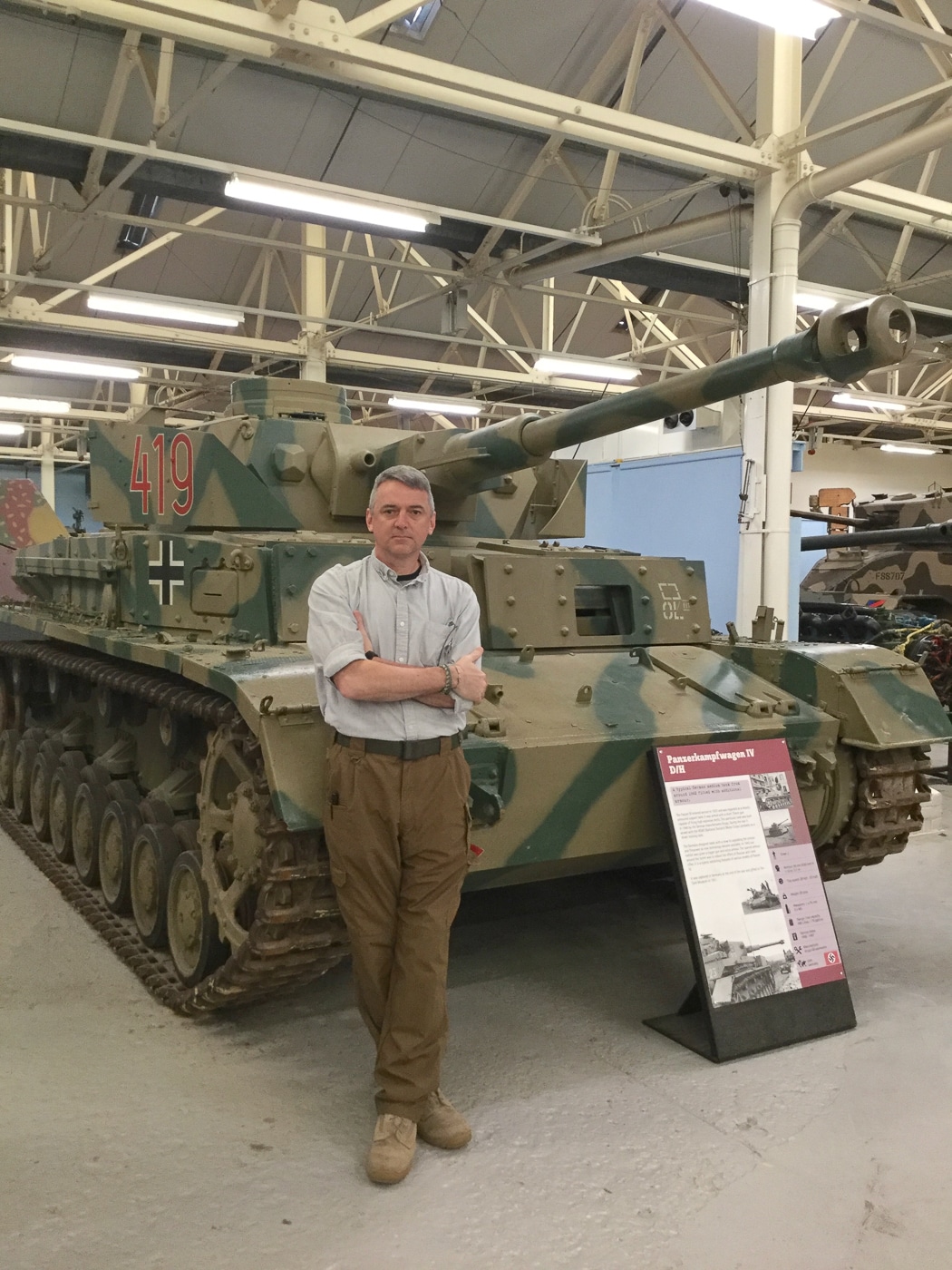
The technical appellation was the Sd.Kfz. 161. Originally designed in the late 1930’s, the Panzer IV was the most-produced German tank of the war. Some 8,553 copies were manufactured across several variants. The basic chassis was also used to create a variety of specialized combat vehicles to include the StuG IV assault gun, the Jagdpanzer IV tank destroyer, the Brummbar self-propelled gun, and the Wirbelwind quad 20mm anti-aircraft system.
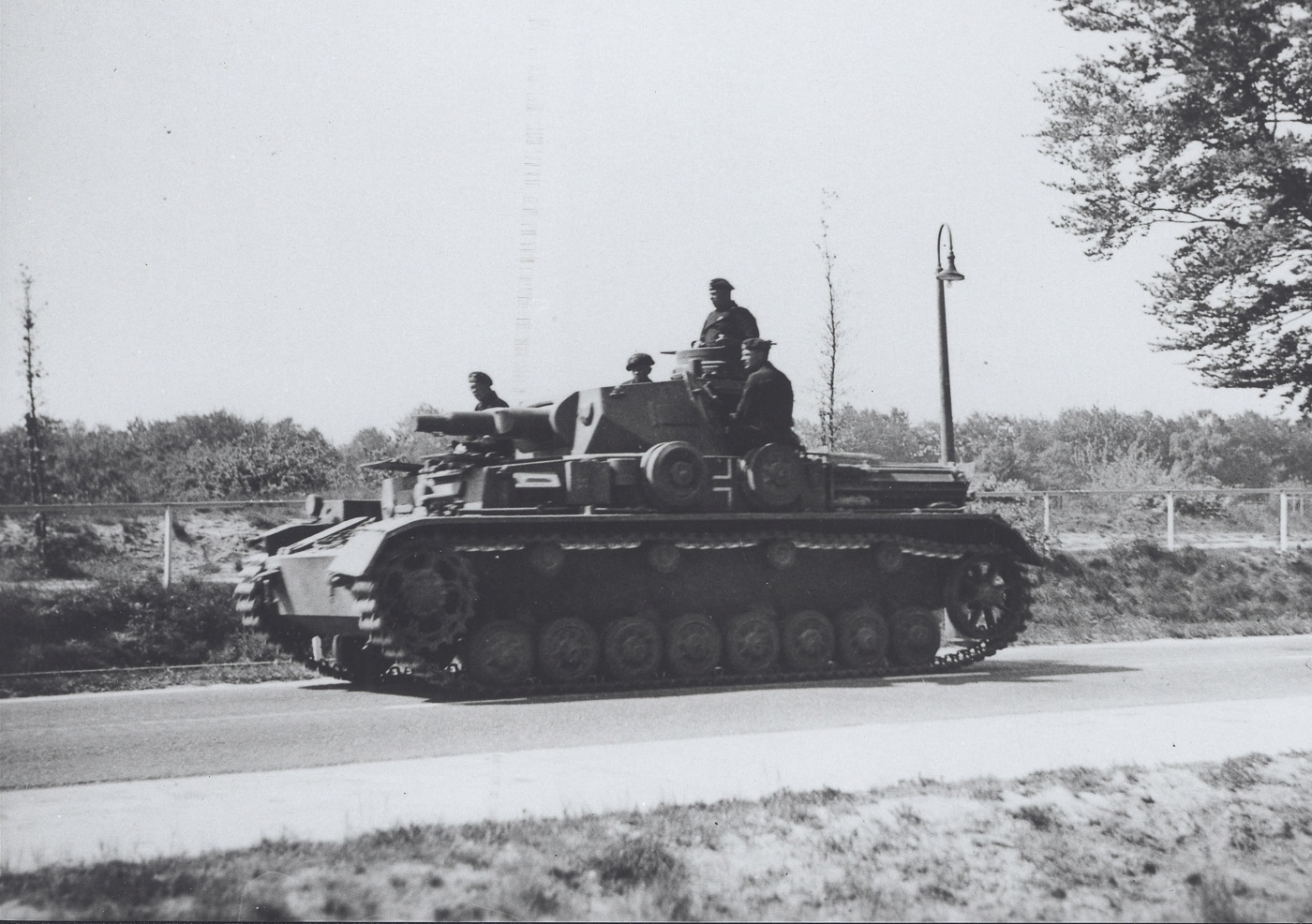
The Panzer IV was originally developed alongside the Panzer III as a family of tanks. The Panzer IV was contrived as an infantry support vehicle with a short-barreled 75mm general purpose KwK 37 gun. This weapon fired relatively low-velocity, high-explosive rounds optimized for use against defensive fortifications, machine gun emplacements and the like. By contrast, the smaller Panzer III was designed as a primarily anti-armor platform. Over time, the Panzer III was phased out and the Panzer IV took on more of the role of Main Battle Tank.
Details
That first Panzer IV sported a powerful Maybach HL108 TR petrol engine mated to an SGR 75 transmission. This gave the 25-ton vehicle a road speed of nearly 20 miles per hour. The Panzer IV was fitted with an armored MG 34 machine gun in a hull mount along with another set coaxially with the main gun. A third MG 34 could be mounted externally alongside the commander’s cupola for air defense.
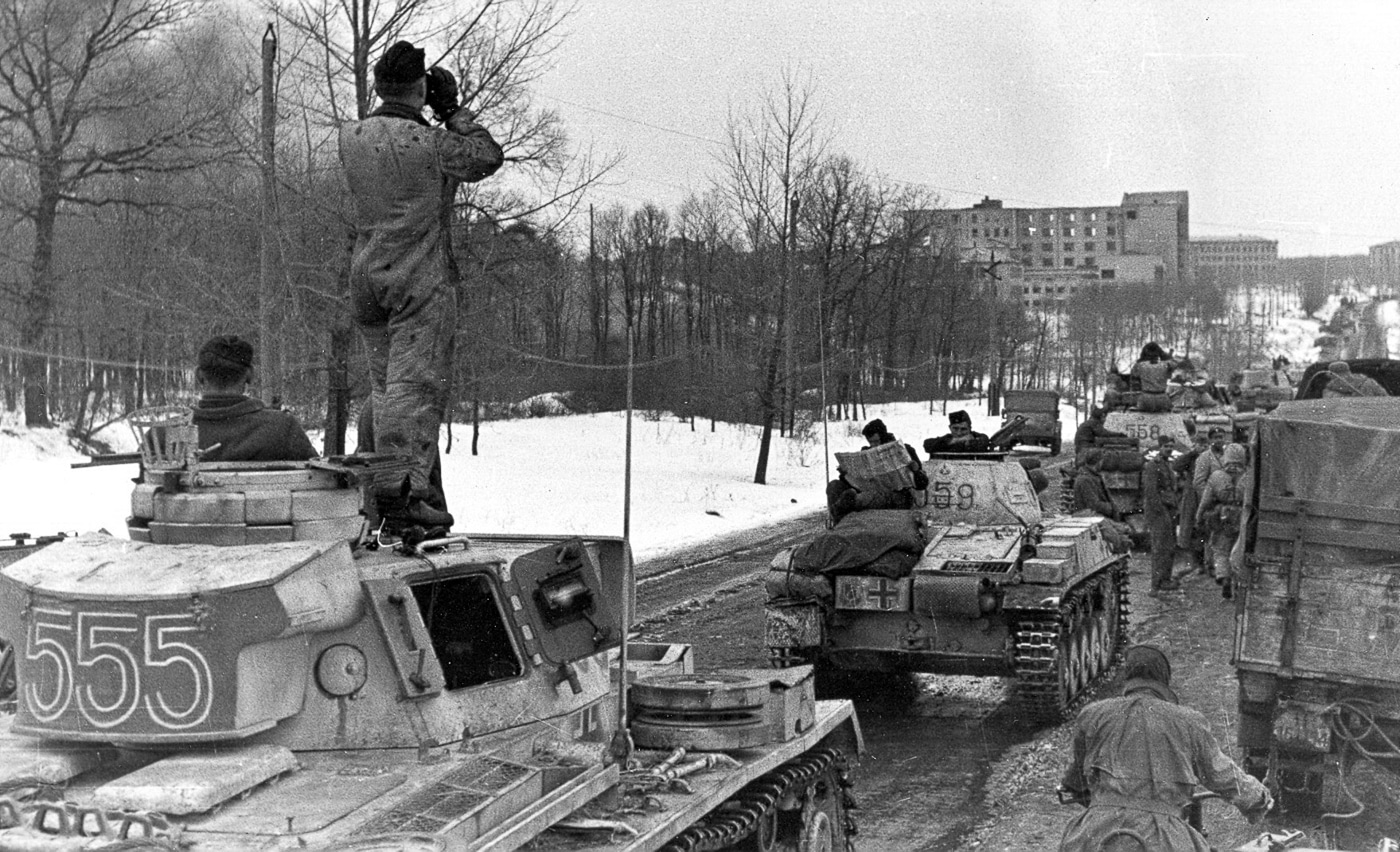
At its best, the armor on the early Panzer IV was only about three-quarters of an inch thick. This offered protection against small arms and artillery shell splinters but little else. Most all of the anti-tank weapons of the day could pierce it with relative ease.
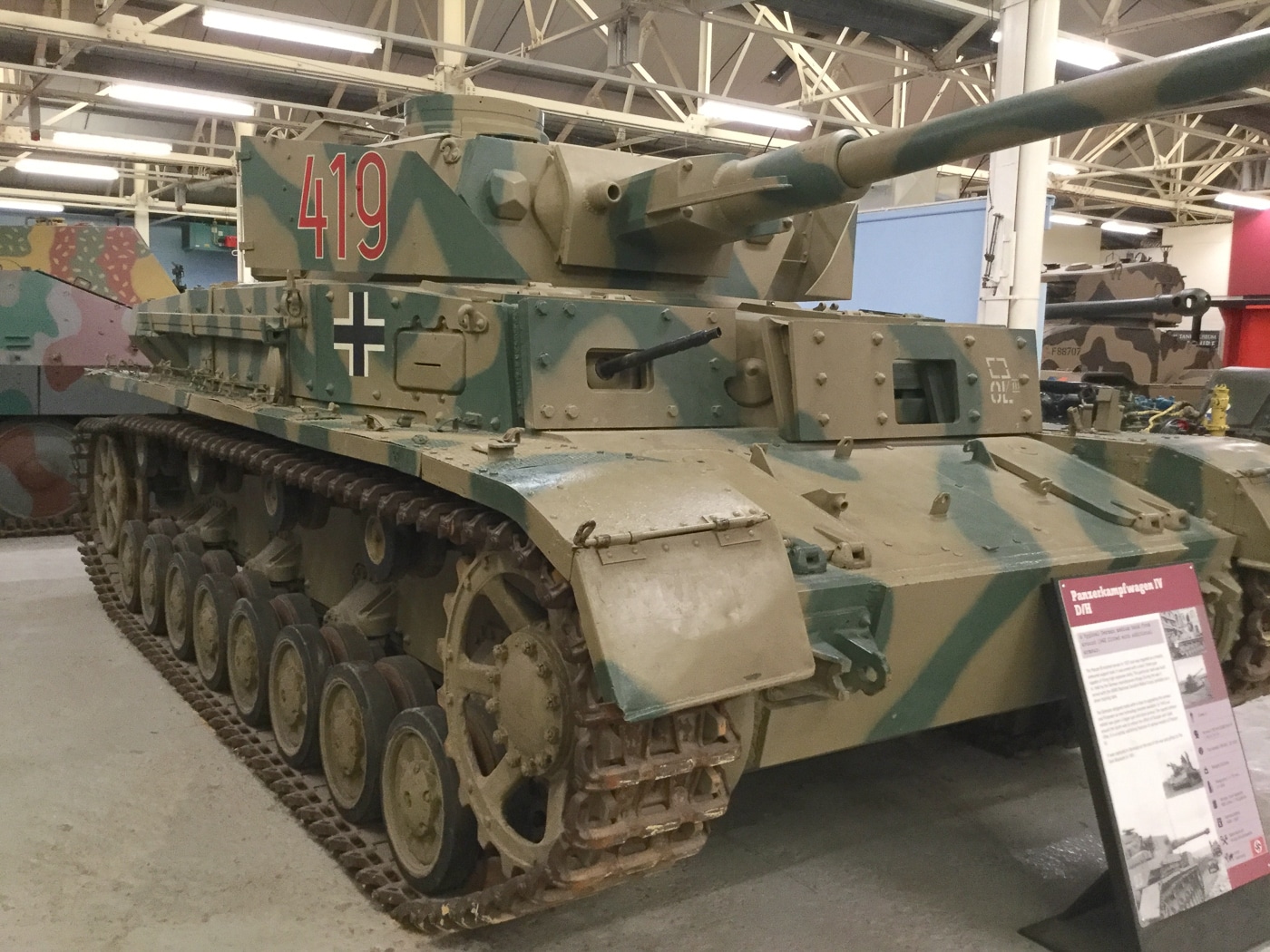
Over time, the Panzer IV underwent a massive evolution. The most effective variant was the Ausf. H launched in June of 1943. The Ausf. H featured a deadly long-barreled KwK 40 L/48 75mm gun that was proof against most Allied tanks from most all aspects. The KwK 40’s distinctive muzzle brake helped manage recoil from the high-velocity weapon.
Armor was increased to 3.15 inches in the glacis. Additionally, this variant included Schurzen armored skirts along the side designed to detonate shaped charge warheads before they could reach the tank’s vitals. Roof armor was increased as was that of the commander’s cupola. All of this extra weight dropped the Ausf. H’s top cross country speed to around 10 mph.
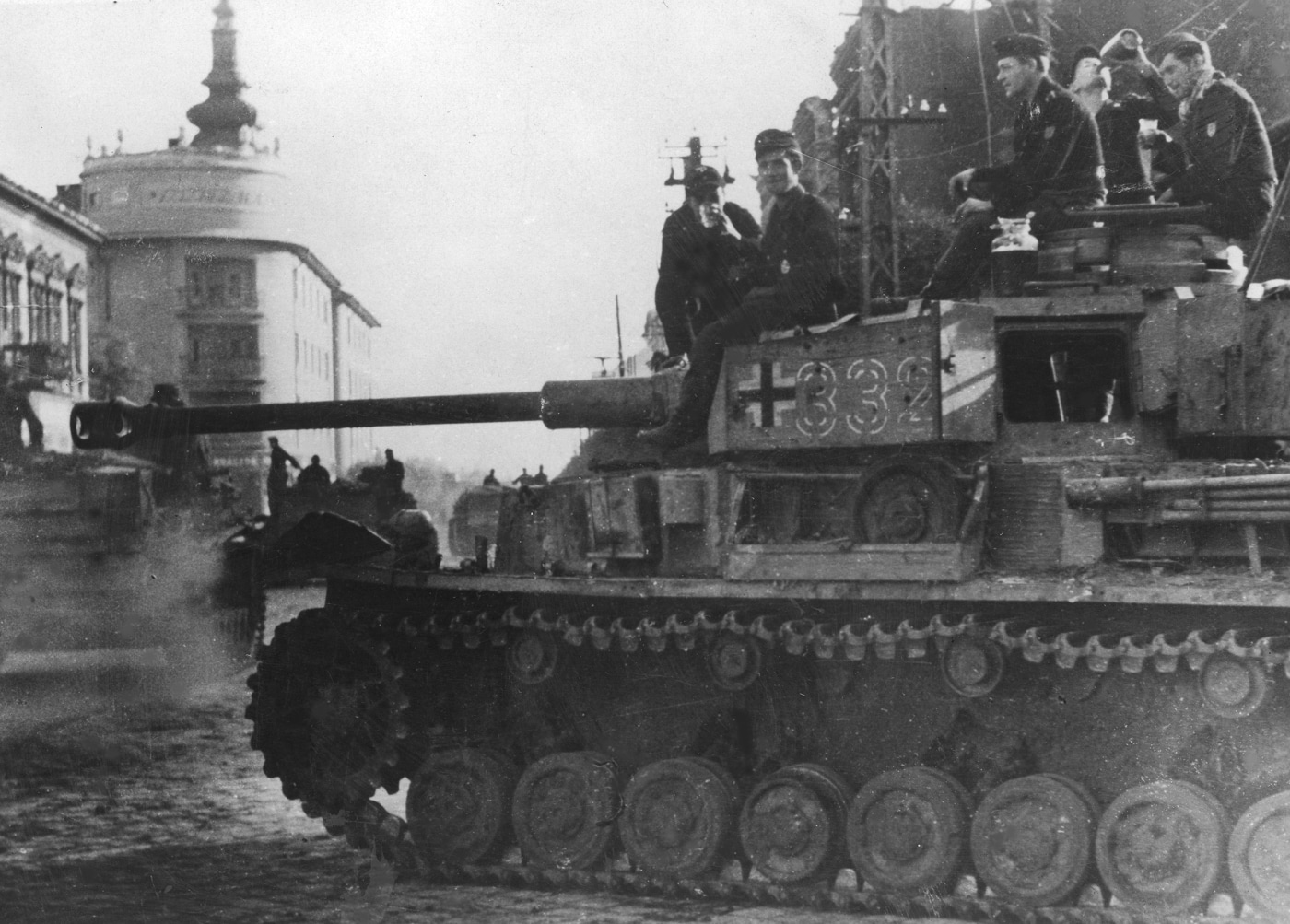
There was one final model developed late in the war designated the Ausf. J. However, with the Allies engaged in a relentless around-the-clock bombing campaign, this version was a step back from the previous Ausf. H. Most telling was the deletion of the electric turret traverse. That of the Ausf. J was a manual cranked system. Slewing the turret quickly was supposedly a terrible chore, particularly on a slope where the gunner had to fight gravity to get that big gun barrel to move.
Scale
The Panzer IV was originally intended to be a limited-production design. However, the vehicle’s reliability and adaptability soon made it the Wehrmacht’s primary battle tank. Production ranged from 290 in 1940 to an apogee of 3,125 in 1944.
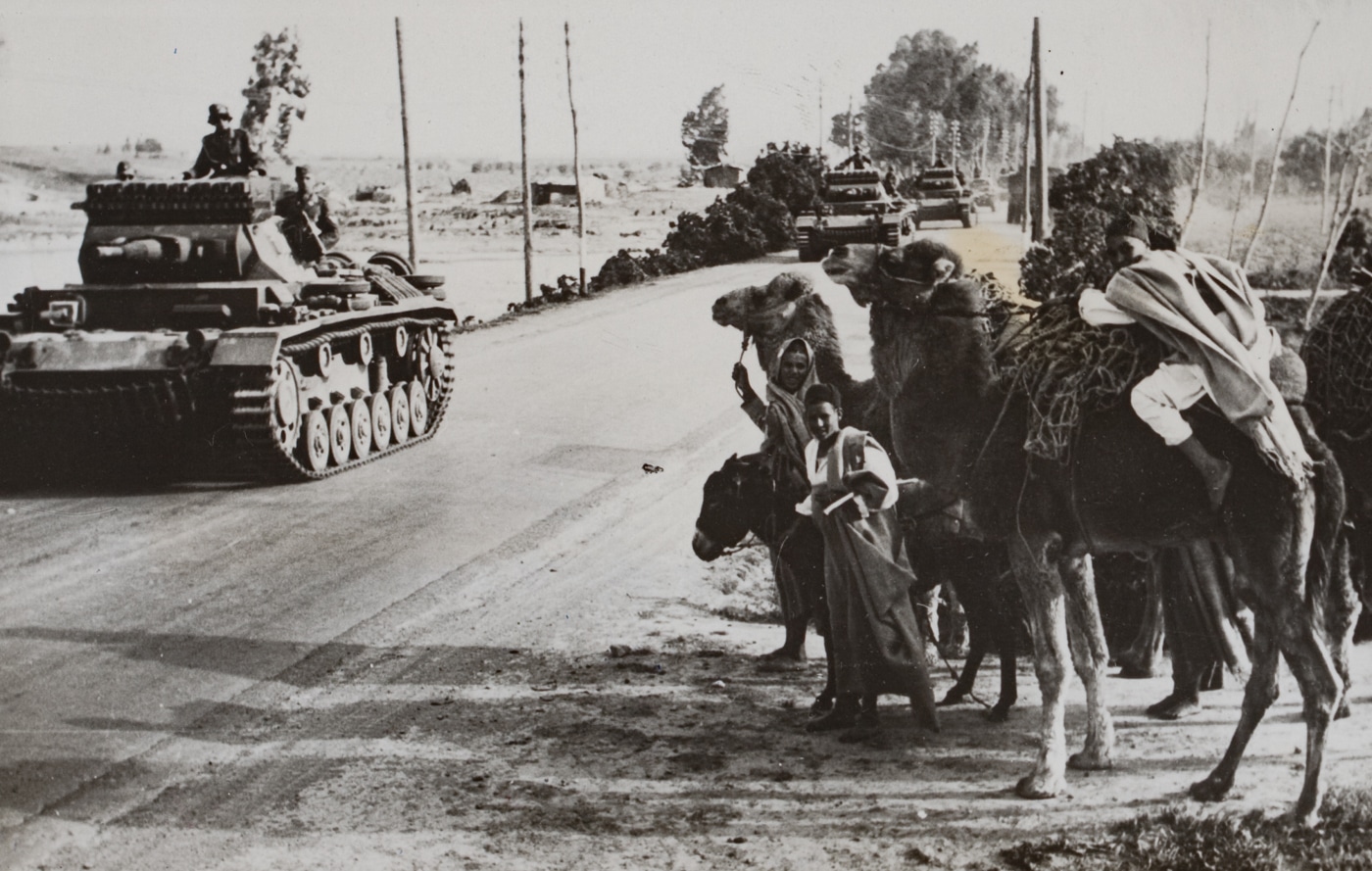
When a man is fighting for his life, it is difficult to attend to the finer details. As a result, many to most anti-armor engagements reported by the Allies were described as having been fought against Tigers. The fact that the Panzer IV shared much of the same boxy architecture as its larger, meaner cousin contributed to this. In reality, taking the Normandy campaign as an example, 41% of the German tanks employed were Panzer IV’s. This is compared to 30% of the tank force being comprised of Panthers and only 6% Tiger I’s. Less than 1% of the German tanks used against the invading American and Commonwealth forces were the massive new Tiger II’s.
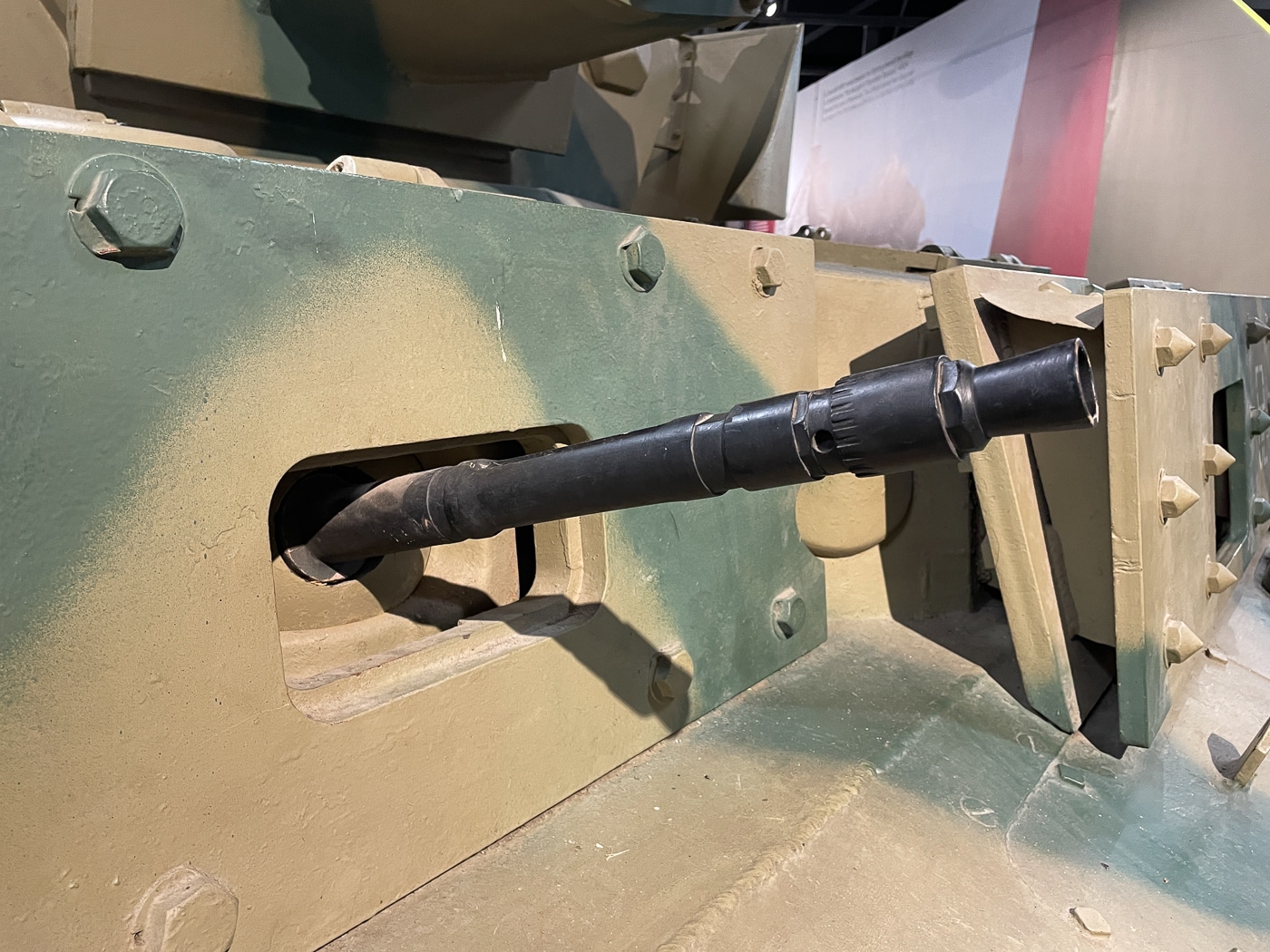
The Panzer IV was the only German tank to remain in both production and operational use from the opening salvoes of the war through the armistice. Throughout the war, the Panzer IV made up roughly one third of the Wehrmacht and Waffen SS tank strength. Most of this stemmed from the vehicle’s reliability and its capacity for upgrades.
Variety Is the Spice of Life
The first Sturmgeschütz StuG IV’s were created by mating the casemate from a StuG III to a Panzer IV chassis. StuG’s of all flavors were some of the most effective German vehicles of the war. The Sturmgeschütz is shockingly short up close. This low profile readily lent itself to the defensive battles that characterized both the Eastern and Western fronts after D-Day. Additionally, the incorporation of the same high-velocity 75mm gun used on the Panther made these late-war StuG’s pure death in the anti-armor fight. The Germans produced some 1,140 StuG IV’s as well as 1,980 Jagdpanzer IV dedicated tank destroyers.
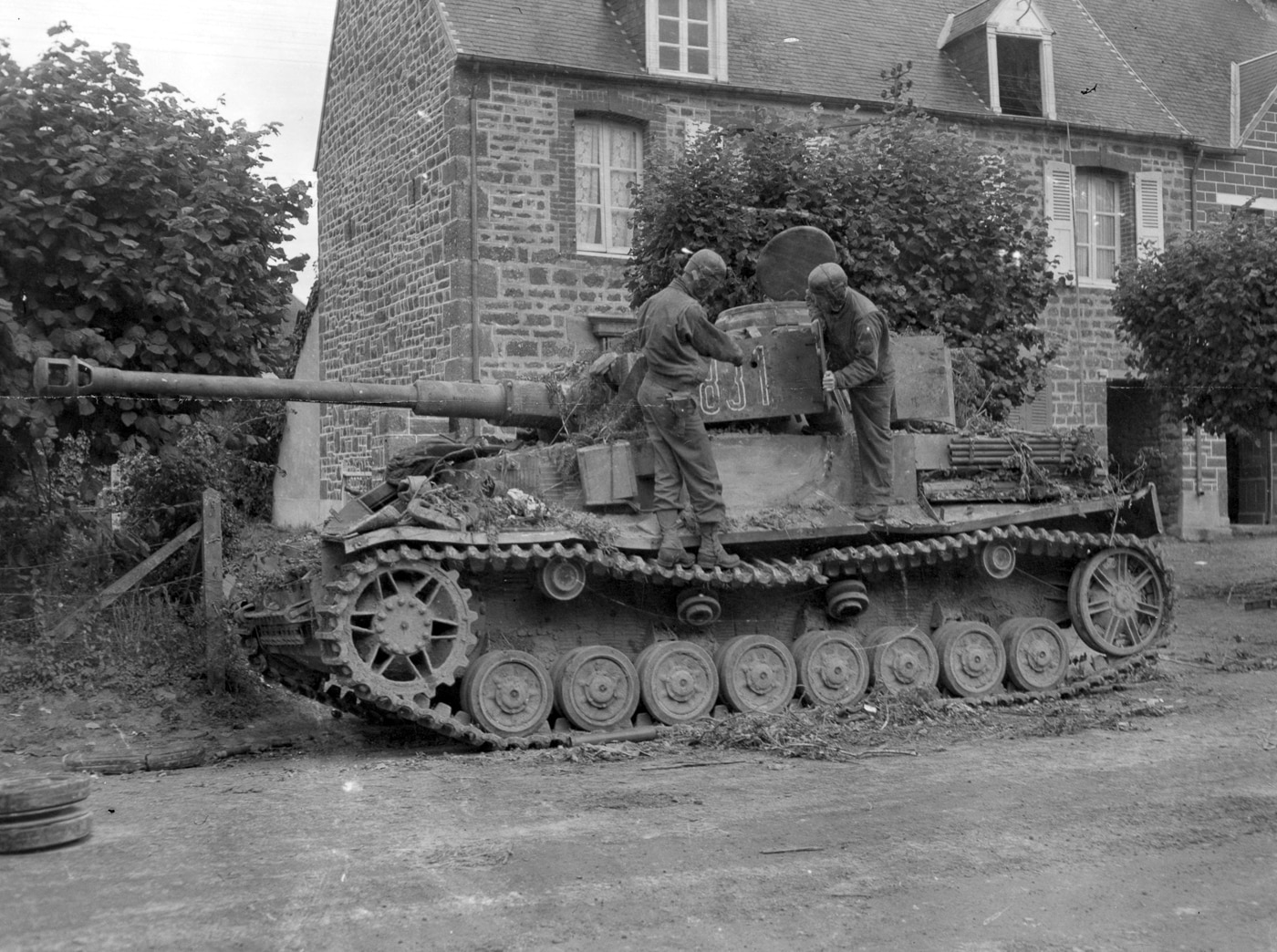
The Panzer IV was used as the basis for four different dedicated anti-aircraft vehicles. These anti-aircraft tanks were differentiated by the types of weapons they used. The mission was to create an anti-aircraft defense system that was sufficiently fast and mobile as to keep pace with the tanks. Particularly late in the war when the Allies enjoyed total air superiority, this became a critical priority.
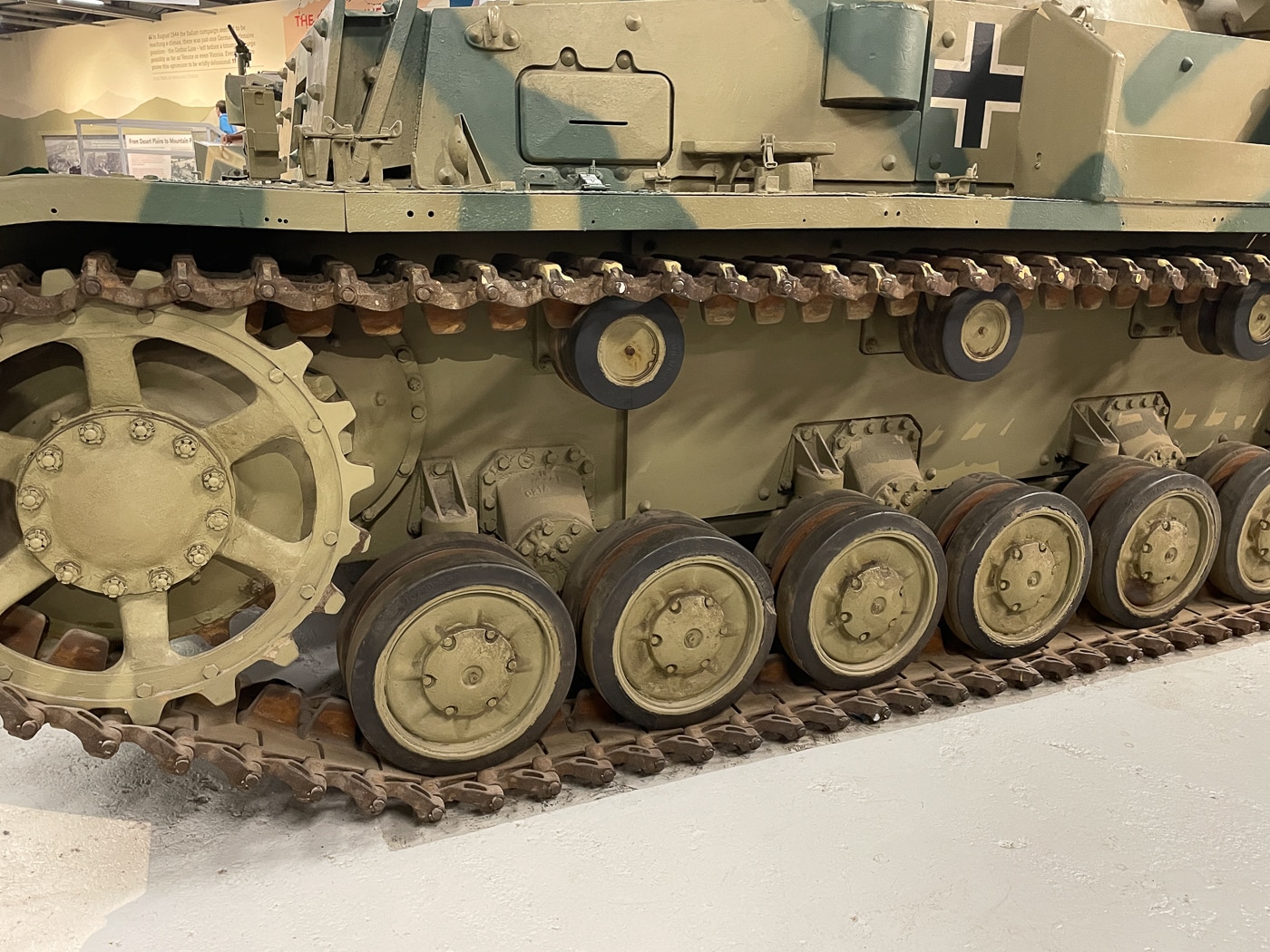
Two of these vehicles utilized a single 37mm automatic gun, while the third employed a pair of 30mm weapons adapted from aircraft cannon. The most distinctive was the quad 20mm Flakvierling. Designated the Wirbelwind (Whirlwind), the Flakvierling included enough armor protection to allow the crew to use the weapons against terrestrial targets. When employed against troops in the open, these light 20mm high explosive rounds were pure murder.
Ruminations
The Panzerkampfwagen IV was the German’s primary medium tank throughout World War II. Like the Allied counterpart, the M4 Sherman, the Panzer IV was not successful because it was the biggest, meanest tank on the battlefield. The Panzer IV thrived because it worked. When Panthers and Tigers were dropping like flies due to maintenance failures, the tried-and-true Panzer IV kept chugging right along.
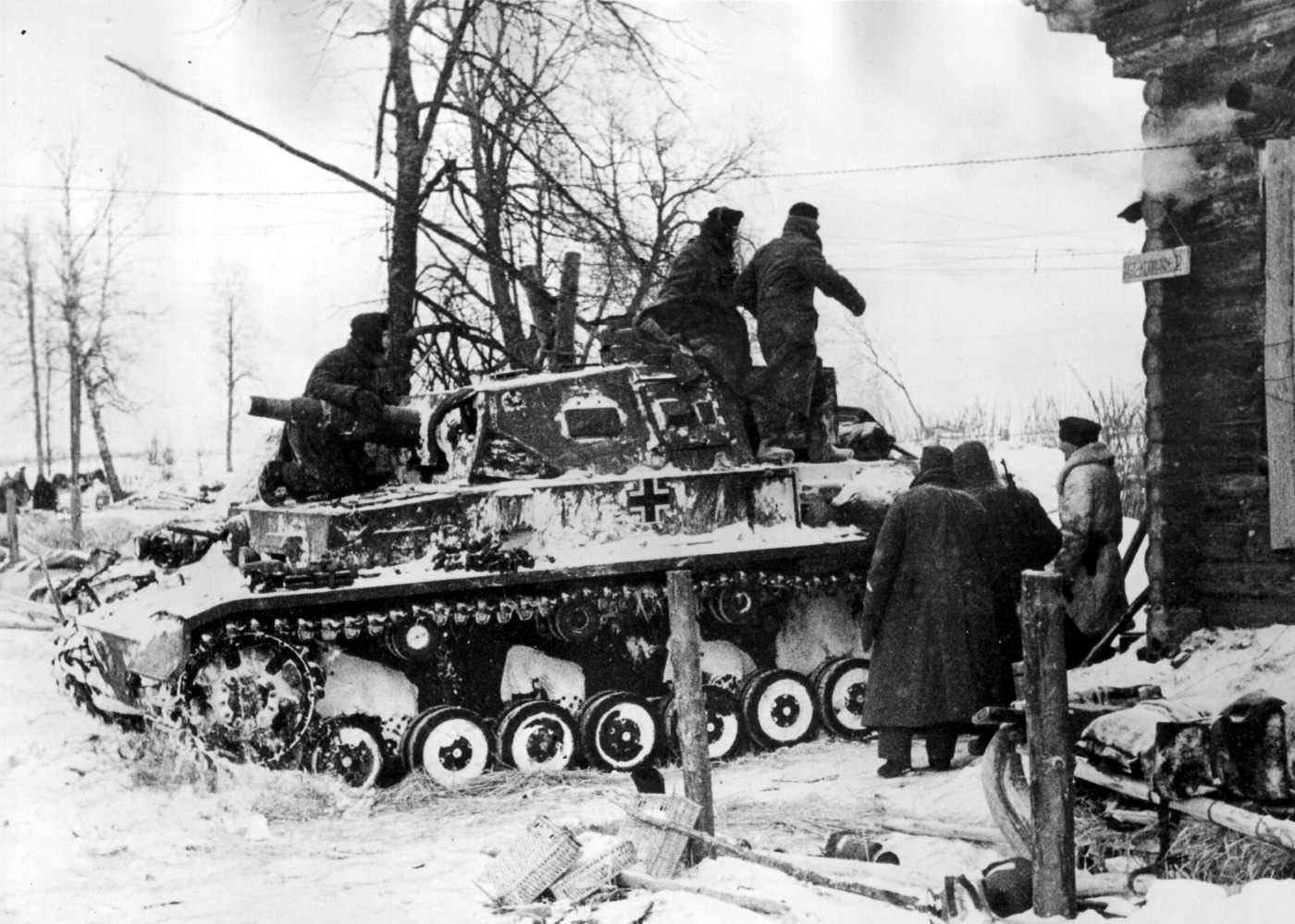
The Panzer IV rendered yeomen’s service in places like France, North Africa and Russia. As part of the German vanguard, these boxy vehicles slashed through Allied defenses with unprecedented ferocity. Eventually, when those same Allies exacted payback, the Panzer IV was used in a hopeless attempt to stem that inexorable tide. Despite being the primary armored vehicle for the losing side, the Panzer IV nonetheless blazed a trail for the advanced armored tactics in use today.
Editor’s Note: Please be sure to check out The Armory Life Forum, where you can comment about our daily articles, as well as just talk guns and gear. Click the “Go To Forum Thread” link below to jump in and discuss this article and much more.
Join the Discussion
Read the full article here





